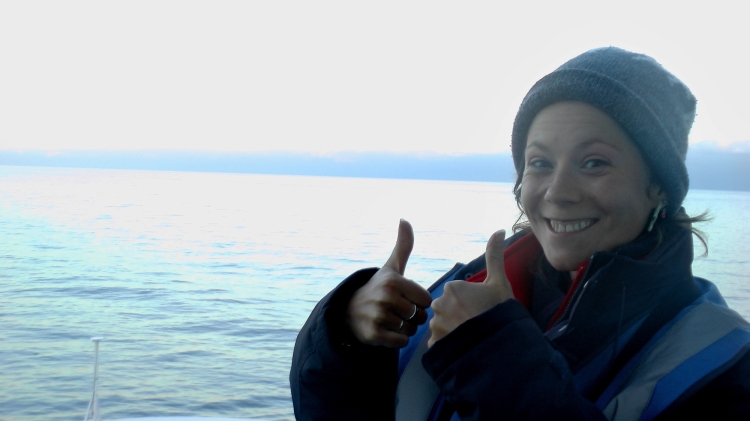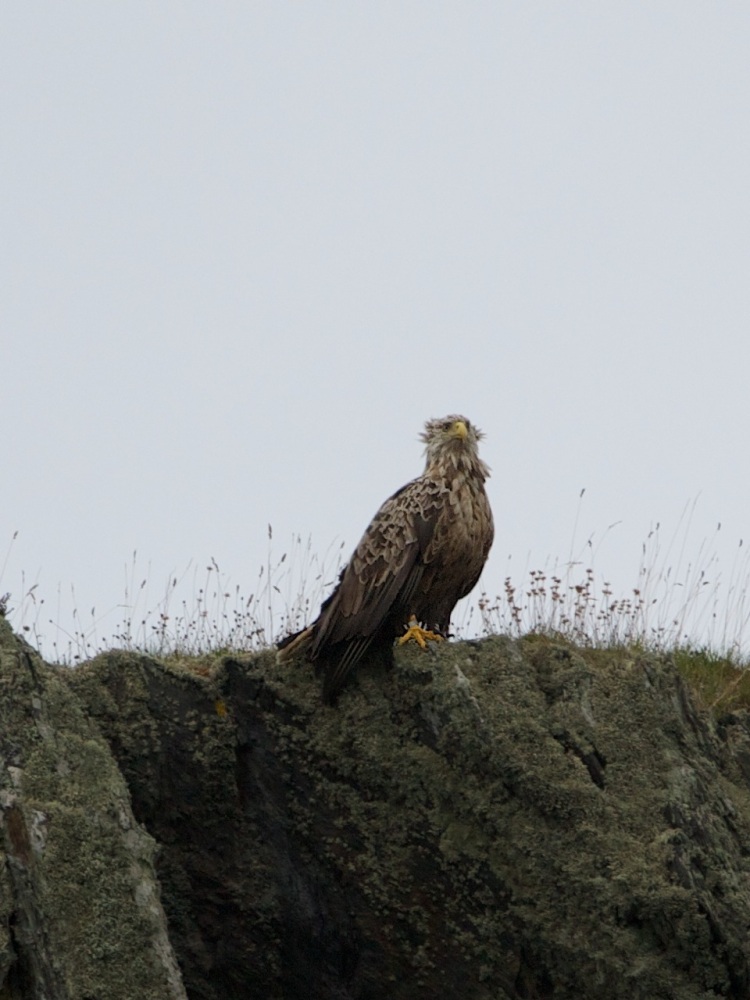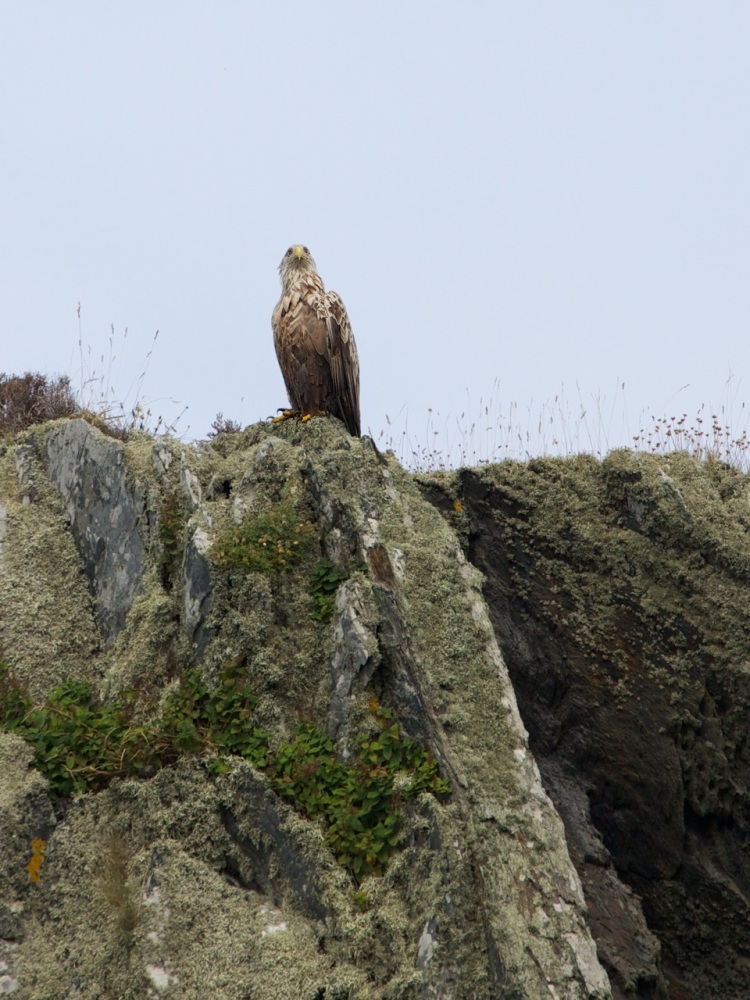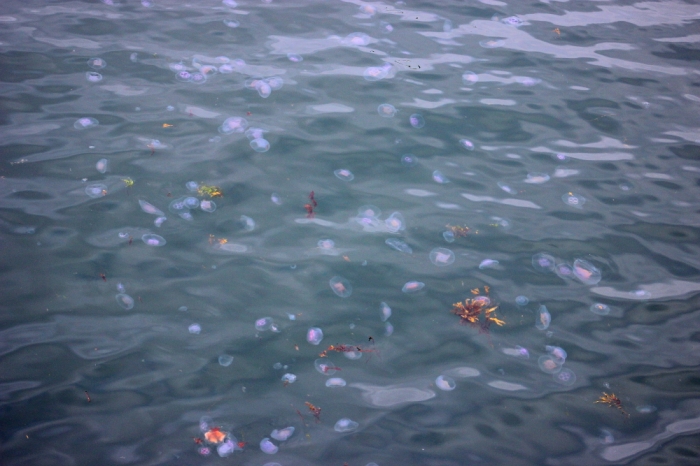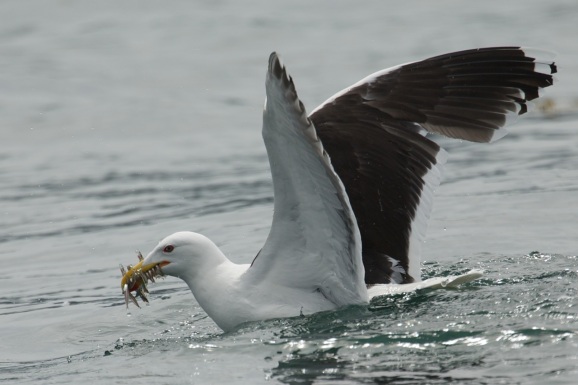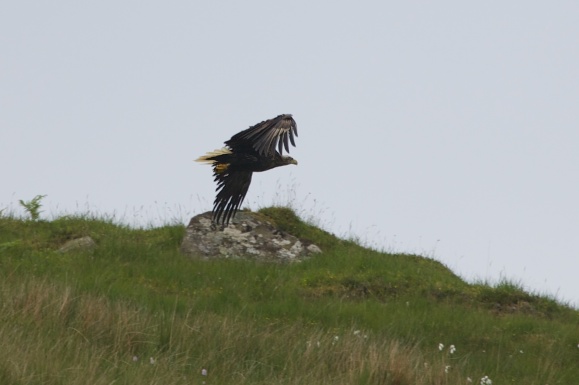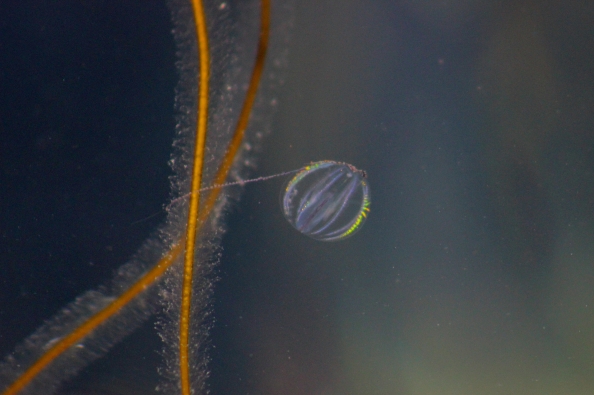Well the last few weeks have been fairly busy – sorry to have been away for so long! I’ve been working down in Bristol for a month on some wildlife filming projects. While there I went to the Wildlife Photographer of the Year exhibition which was fantastic (well worth a visit if you can) and met some of the lovely BBC Wildlife Magazine team!
I’ve also been off on a wildlife trip in the Seychelles – a great adventure snorkelling and diving with white tip reef sharks and both hawksbill and green turtles, along with visits to the surrounding islands to see the giant tortoises, fruit bats and endemic birds.
Amongst this charismatic wildlife I came across a few animals completely new to me – such as a tenrec! A small mammal that looks like a cross between an opossum and a hedgehog. This individual was loudly snuffling through the leaf litter in the undergrowth when I explored the Vallée de Mai UNESCO World Heritage Site on Praslin Island.
And of course there was the great marine life. I took this photo during a morning snorkel off bird island. After a shoal of fish suddenly darted past me I stopped and waited to see what had scared them. Out of the blue (literally) this whitetip reef shark cruised past me. I struggled to keep up with it as it swam so quickly and effortlessly through the water, but I managed to get a shot before it swam off after the fish.
As a wildlife guide I’m a huge advocate of responsible eco tourism (read my guest blog “Get Me Back To The Wild“). Sadly my first experience of seeing a critically endangered hawksbill turtle was to see one being restrained by a local man so tourists could touch it. After I repeatedly asked the man to laisser tomber (“let it go!”) he agreed and released it. Thankfully the turtle swam away seemingly unharmed.
Days later, I was over the moon to see (equally endangered) green turtles on Bird Island – blissfully with no one around to disturb them! I came across this one on a fortunate morning snorkel and swam with it (and its 6 friends) for 2 minutes in the tide before waiting back to let it go on its way. Robbie, the resident naturalist on Bird Island is dedicated to monitoring and protecting these turtles as they come up onto the beaches at night to lay their eggs.
Now I’m back up in the Hebrides for the next couple of weeks and am hoping to see my old friends – the otters. I’m going to be out and about over the next few days looking for them so wish me luck (especially in this awful weather!) After I’ve been away for so long it might take me a while to find them again – but I have a feeling some salmon might tempt them to come and say hello…
Until next time!
Sara




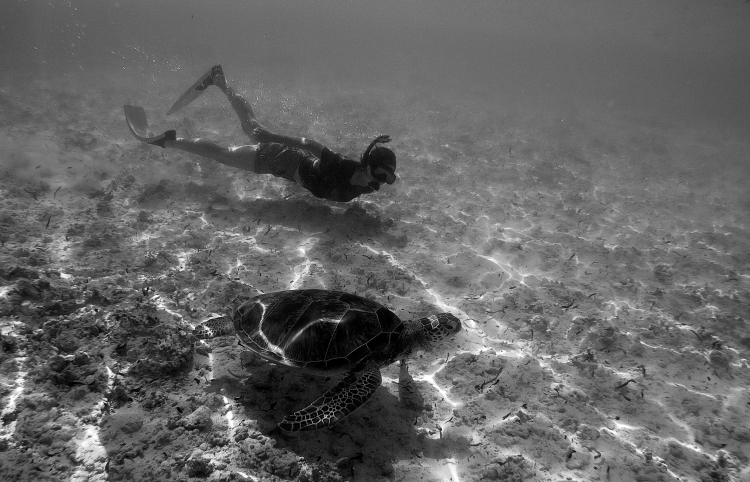

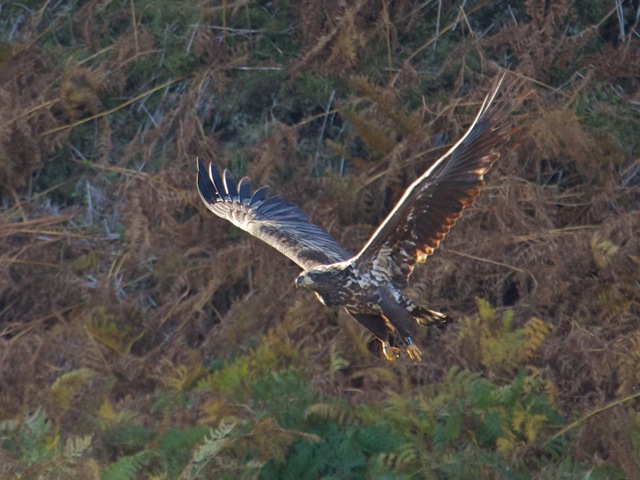

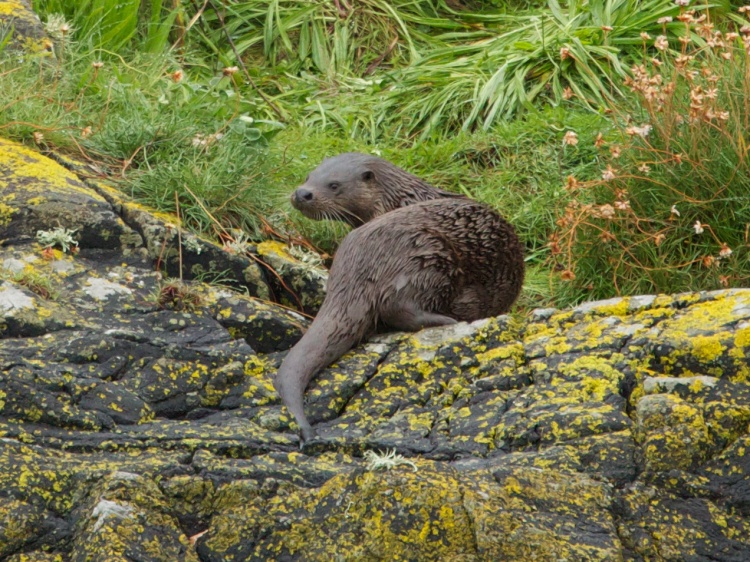


![KINDLE_CAMERA_1412091149000[1]](https://yukonfrost.files.wordpress.com/2014/10/kindle_camera_14120911490001.jpg?w=638&h=1024)





